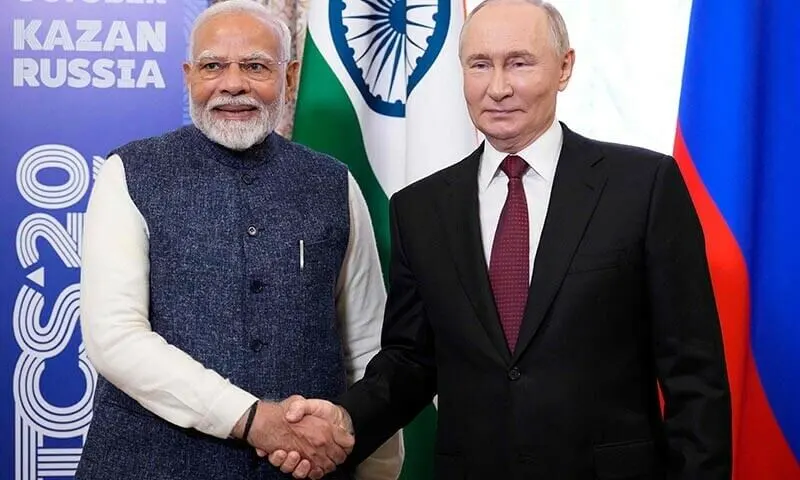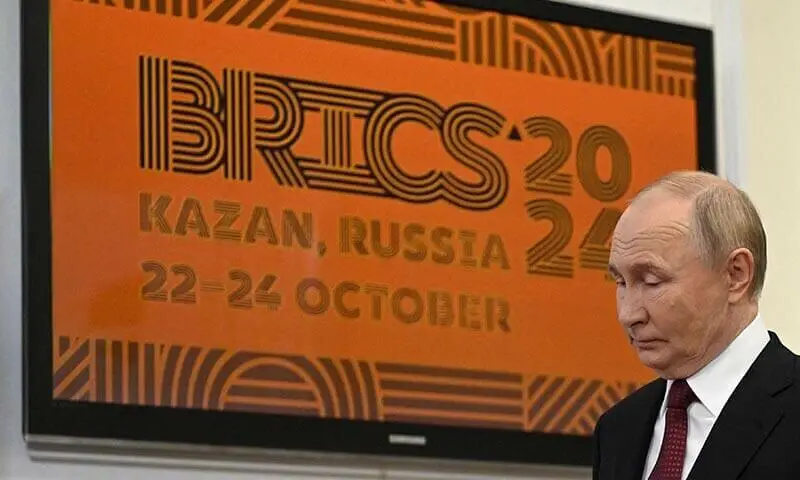Russia launched a major diplomatic initiative on Tuesday as two dozen world leaders gathered in Kazan for a three-day BRICS summit, marking Moscow’s most significant international gathering since the start of its Ukraine offensive.
Key Leaders Arrive for BRICS Summit
President Vladimir Putin welcomed several prominent global figures to the western Russian city of Kazan, including Chinese President Xi Jinping, Indian Prime Minister Narendra Modi, and Turkish President Recep Tayyip Erdogan. The summit, running from October 22 to 24, represents a crucial moment in Russia’s efforts to demonstrate resilience against Western isolation attempts.
BRICS Summit Objectives
The gathering focuses on several strategic priorities:
- Development of a BRICS-led payment system to rival SWIFT
- Discussion of the escalating Middle East conflict
- Expansion of the BRICS alliance
- Strengthening diplomatic ties between member nations
Diplomatic Significance of BRICS Summit
The Kremlin views the summit as a diplomatic victory, particularly given the context of international sanctions. Moscow-based political analyst Konstantin Kalachev told AFP that Russia aims to
“show that not only is Russia not isolated, it has partners and allies.”
High-Level Meetings at BRICS Summit
Putin’s agenda includes bilateral discussions with:
- Xi Jinping and Narendra Modi
- South African and Egyptian leaders
- Turkish President Erdogan
- Iranian President Masoud Pezeshkian
UN Secretary General Antonio Guterres is also making his first visit to Russia since April 2022, with a scheduled meeting with Putin on Thursday.

Security Measures for BRICS Summit
The host city of Kazan has implemented extensive security protocols:
- Enhanced police presence throughout the city
- Restricted movement in the city center
- Evacuation of university dormitories
- Residents advised to remain at home
These measures reflect concerns about potential security threats, as the Tatarstan region has previously experienced Ukrainian drone attacks despite being 1,000 kilometers from the Ukrainian border.
Challenges and Complexities of BRICS Summit
Despite the summit’s ambitious goals, BRICS faces several challenges:
- Internal divisions, particularly between India and China
- Complex geopolitical relationships
- The absence of Brazilian President Lula da Silva due to health issues
- Western skepticism about the group’s potential as a geopolitical rival
Growing Influence of BRICS Summit
BRICS was founded in 2009 with four members, but it has since grown to include a number of developing countries. Despite being a member of NATO, Turkey recently expressed interest in joining the bloc, demonstrating the group’s increasing attractiveness to countries looking for alternatives to Western-dominated international systems.
As Russia tries to change the international order while still being criticized for its activities in Ukraine, the summit marks a turning point in world affairs. Although the US dismisses BRICS as a possible geopolitical adversary, Moscow’s growing connections with China, Iran, and North Korea point to a change in the balance of power in the world.

